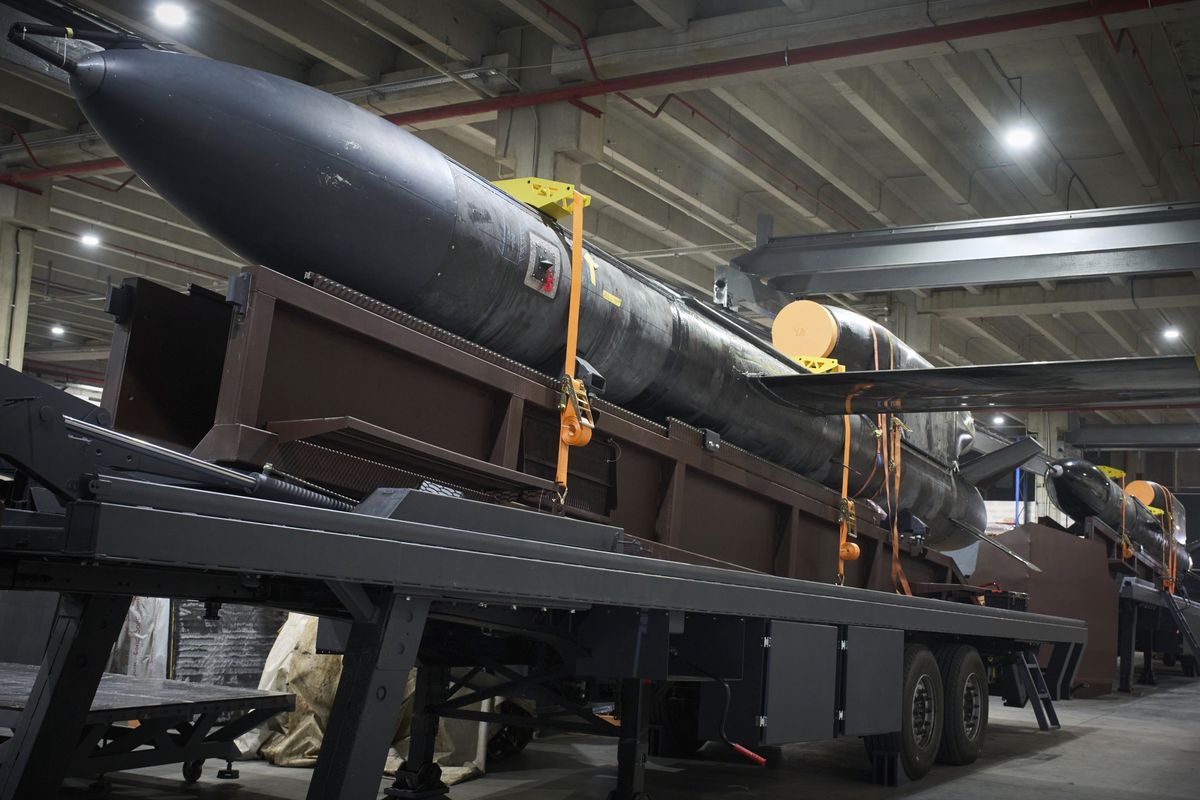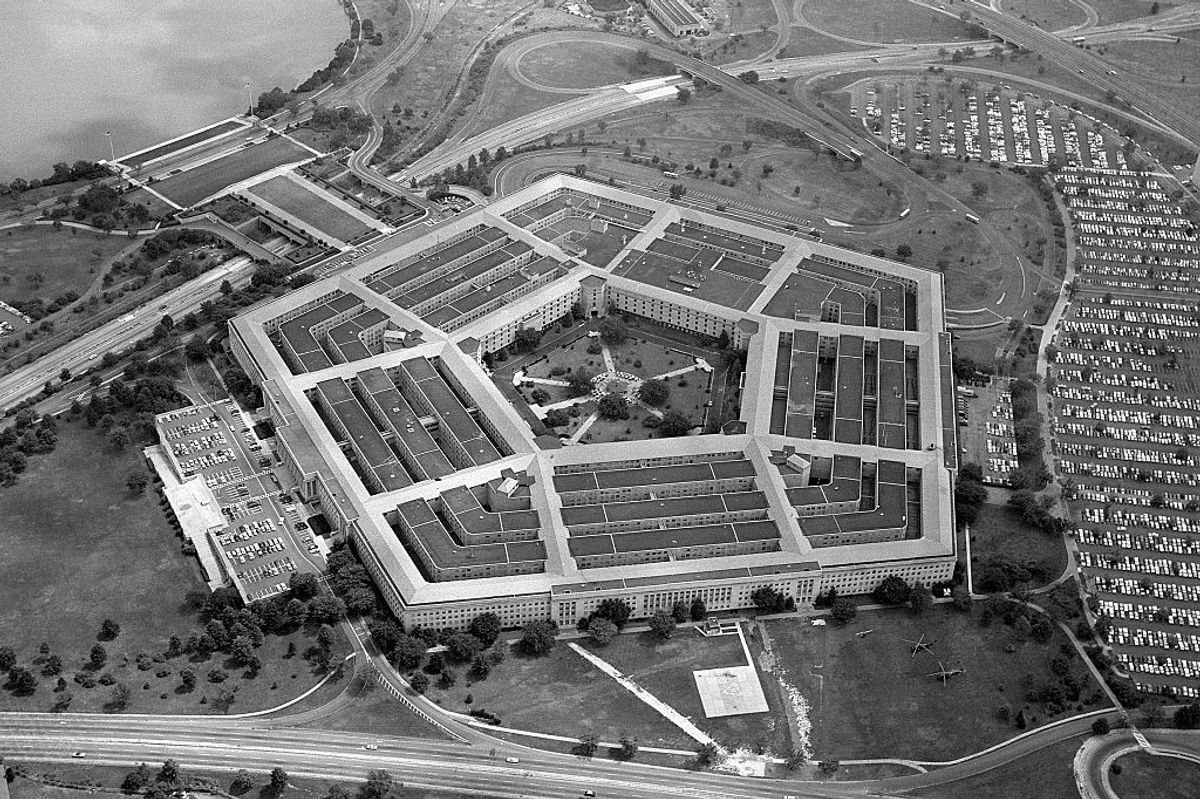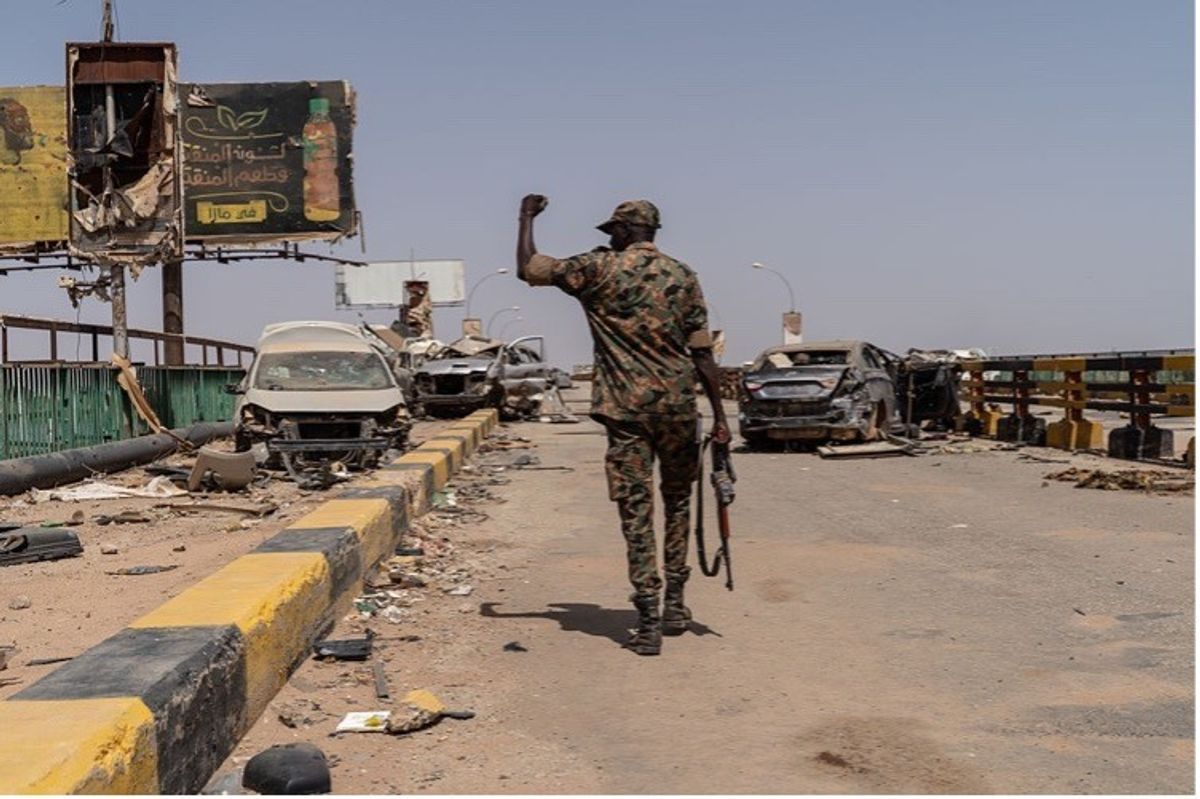DEEP DIVE – It’s one of the most important cities in Ukraine — the country’s third largest, and a major seaport on the northwest edge of the Black Sea. Until recently, Odesa was also a hugely popular vacation destination. Russia’s full-scale invasion of Ukraine in February 2022 changed all that, of course, and given its strategic importance, Odesa has found itself a frequent target for the Russians throughout the war.
The city took heavy fire in the war’s early days — the first Russian airstrikes against Odesa came early on February 24, 2022, the day of the invasion. Less than a week later, Ukrainian forces captured Russian saboteurs in the city, and while Ukraine has managed to keep control of Odesa, the city has been hit dozens of times since.
After a particularly heavy barrage in early 2023, UNESCO designated the old center of Odesa a World Heritage Site, and added it to the organization's list of “World Heritage in Danger.”
Earlier this month, Cipher Brief International correspondent Ia Meurmishvili traveled to Odesa and spoke with the city’s Mayor, Gennadiy Trukhanov, and the Governor of the broader Odesa region, Oleh Kiper. The two leaders painted a portrait of a resilient city working hard to tackle two utterly different challenges simultaneously: beating back a powerful enemy, and working to lure outside investors and plan for life after the war.
Watch their full conversations on The Cipher Brief's YouTube Channel above. The following are excerpts from their conversations.
How war has changed life in Odesa
Kiper: At the beginning of the war, when people weren’t used to all these events, there was a very sensitive reaction. Today, we don’t see any significant exodus from the region after shellings. People aren’t leaving the country, or traveling inland to central or western Ukraine. Today, people have probably gotten used to it, and they understand that if you take the right actions, like going to shelters or finding other safe places, you can stay alive.
People are staying in the city – there are constantly people here, which wasn’t the case at the start of the war. Back then, after any shelling, people tried to leave. But they eventually returned. So we are thankful for that, and I want to add that today, the population of the region has actually increased compared to the beginning of the war, thanks to people from other regions such as Mykolaiv, Kherson, Donbas, and Crimea who have come here.
Trukhanov: Perhaps the first and most important thing the war did was to change our attitude towards the Russian Federation and everything related to it.
Repeatedly, Putin and Russian politicians said Odesa was theirs, that it was a Russian city. But Odesa is a Ukrainian city! And today it feels like that, more than ever.
Yes, there are still people who hope that something will be restored between Russia and Ukraine. But with each passing day, with each missile, dead soldier, dead child, there are fewer and fewer such people.
As for the way of life, it has also changed dramatically. Some families did not survive the test of separation. Men stayed here, and children and women went to safe places. Children and young people went to schools and universities in Europe and made friends there. They have already lost contact with Ukraine. There are those who will not return.
Beginning in the summer of 2022, we prepared shelters, and in some schools, we were able to organize in-person learning, gradually increasing our capabilities. This year, only a few schools are still working in a distance-learning mode; all the others have resumed in-person learning. We repaired and fortified basements, and in some cases dug deeper and raised ceilings. It was a lot of work.
We also worked with children on what to do during the air raid sirens. Ballistic missiles fly for only a few minutes, and children have 2-3 minutes to go down to the shelter. The risks are high, but both children and parents want education to be conducted within the walls of the school, in direct contact with peers. We are trying to create conditions for safe learning.
The economic impact
Kiper: There was a serious economic downturn at the beginning of the war, during the first 3-5 months when neither people nor businesses understood what was happening. Starting from the summer of 2022, the trend began to improve. We’ve restored about 80% of private businesses. The number of enterprises has increased, and those that had stopped at the beginning of the war are now working again. Today, we are creating conditions to support them, such as loans and assistance, and we are trying to attract investors to develop these areas.
Trukhanov: For the Ukrainian economy, [people leaving] is, of course, a big loss. Business suffered greatly: almost every place of work stopped, and people lost their earnings. After the initial shock, they gradually adapted to the new conditions and risks. Today, almost all enterprises have resumed their activities, new business entities have opened, and the number of them is greater than before the full-scale war. But if we talk about serious investments in industry, so far the military risks are too great. In addition, the enemy is attacking our energy system.
On the other hand, any crisis is an opportunity to rebuild. And we are moving towards decentralization of electricity generation and renewable energy. For businesses, it is an additional investment and risk. We understand that. But there are areas today that bring high profits and fast payback in Ukraine.
Russia’s war on the ports
Kiper: Today, the ports of the Odesa region are the only water-based hubs left in Ukraine. With the loss of Crimea, Kherson, Mykolaiv, and the Donetsk regions, where there were ports on the Dnipro River and the Black Sea, these territories are temporarily occupied, and of course, Ukraine cannot use those ports today. The Odesa ports remain the only ones providing for the entire country.
Port infrastructure is a constant target for the enemy. The ports are under constant shelling, which creates significant challenges for the port administration and businesses trying to fulfill contracts on time. Sometimes parts of the terminals or sections are damaged, and today the ports don’t operate at the same speed as before. These infrastructure facilities are operating on the edge, but we try to keep working under these conditions. We understand that no one will provide us with better conditions, so we adapt to what we have.
Trukhanov: The Odesa port has now reached its pre-war volumes, due in particular to grain shipments. Container shipments are also gradually increasing. We are resuming sea imports. Of course, like the entire city, the port is experiencing problems with energy.
Before the grain corridor began operating in August of 2022, agricultural products were exported by rail and road, and direct port operations were not carried out. The first vessel left the port on August 1, 2022, after the signing of the (UN-brokered) grain initiative. The port's work was gradually gaining momentum, but the enemy did everything possible to prevent it. Ukraine took the initiative with the opening of the Ukrainian corridor in 2023, and we reached pre-war levels. Of course, all this is happening under regular shelling, the destruction of infrastructure and transport and logistics routes. There is also a personnel shortage. Finding specialists is very difficult.
What comes next
Kiper: The priority right now is the military side, to ensure we can expel the enemy from our country. We didn’t invite anyone here; we are a self-sufficient state capable of managing our country. Helping the army to end the war and achieve a victorious peace is the priority. Regarding the economic aspect, Ukraine, including the Odesa region, is a breadbasket, a country that grows a lot in its fields. So we are focusing on the development of agriculture, irrigation, and cultural projects to make the region attractive to investors. It’s difficult to convince investors to come because they are concerned about the war and risks, but after the war, many will want to invest in Ukraine and develop businesses.
Trukhanov: All civilized countries today talk about the need for peace, recovery and investment in Ukraine. They do not just talk, they do. This is confirmed by all sorts of international forums, conferences, world summits, and so on. As local government officials, we see our tasks as coordination, creating the conditions and defining areas for cooperation.
We expect investments in the energy sector and waste processing. This also includes the development of the transport system, the IT sector, and tourism infrastructure. We also expect interest from the Danube countries. At the lower Danube, there are protected areas that are promising for the development of the tourism industry - the future Ukrainian Venice.
Kiper: Let me share something in confidence: we are already in negotiations with two U.S. states regarding the signing of a memorandum on regional cooperation. Thanks to our ambassador in the U.S., Oksana Markarova, we are conducting negotiations to sign memorandums and explore how these regions can help support us during this difficult time. Our American friends have been helping a lot, providing generators, supporting our energy system, which is in a very difficult state due to constant attacks, and assisting in areas such as healthcare and other social projects. But we want to secure support from the U.S., share experiences, and connect businesses so that they can see potential opportunities here. Ukrainians are good at business, and we want to give them that opportunity.
Preparing for a rough winter
Kiper: Today, the Odesa region is among the war’s five most-affected regions (in Ukraine). We don’t have our own energy generation here, meaning we don’t produce energy locally; it comes from other regions. And of course, when some substations or generation stations are damaged, we face the same problems as the rest of Ukraine. Last winter, we ensured that hospitals were 100% supplied with generators, along with schools, kindergartens, higher education institutions, and other essential structures needed for the daily life of Odesa residents and people in the region.
We are creating “resilience hubs” in case of a total blackout, where people can come to eat, drink tea, charge their gadgets, and so on. Of course, we can’t foresee everything because it’s a large region, and some aspects might be missed, but we will fix things as they arise. Our top priority today is increasing energy generation with generators, as well as building solar panels on schools and hospitals.
Trukhanov: The fact is that in Odesa, we do not have our own generation facilities. We met with various investors who are ready to invest in the modernization of the Odesa thermal power station, but at this point it is state-owned. I have requested from various presidents and prime ministers to transfer the station to the municipality, but the issue has not been resolved. Now it is owned by (the state-run) “NAFTOGAZ,” which is not interested in modernization at this point.
We decided to take a different direction. Thanks to our close ties with Yokohama, we started working with the Japanese fund JICA, and the Japanese government financed the purchase of 9 gas piston machines through the U.N. Development Programme, which will generate approximately 30 MW of electricity. This will at least allow us to ensure the operation of critical infrastructure. According to our partners, the delivery of some of the equipment is expected by the end of autumn. In December or January, we plan to connect the first 9 MW of generation.
A message from Odesa for the world?
Kiper: Many people who come here ask me this question. I always have one message: I say, “Give us weapons, and there will be no need to restore anything. Nothing will need to be rebuilt.” Because when our air defense systems are loaded with missiles, nothing reaches us. And by not reaching us, this saves many lives. It saves infrastructure. It protects us. So I always say this.
Today the enemy is using Iranian missiles, missiles from other states, for example, from North Korea. And we are still discussing these issues—whether we need long-range weapons or not, whether we need one kind of missile or another. While they calculate everything in mathematical or geopolitical terms, people are dying here. That’s it, in my opinion.
Trukhanov: Odesa is a unique multinational Ukrainian city with a very complex history, which was made by the people who lived here, created, and built what it is today. Odesa is a freedom-loving city. In this, Odesa is very similar to America. People came here from all over the world in search of freedom and they got it here. This left its mark on the spirit of the city, and you feel it in the air.
Yes, we have our own southern character, humor, temperament, and mentality, which distinguish us from the residents of Western Ukraine, but we all love Ukraine equally. Today we are fighting for our country and defending it in the trenches under one flag. All together!
Read more expert-driven national security insights, perspective and analysis in The Cipher Brief.
It’s not just for the President anymore. Cipher Brief Subscriber+Members have access to their own Open Source Daily Brief, keeping you up to date on global events impacting national security. It pays to be a Subscriber+Member.












